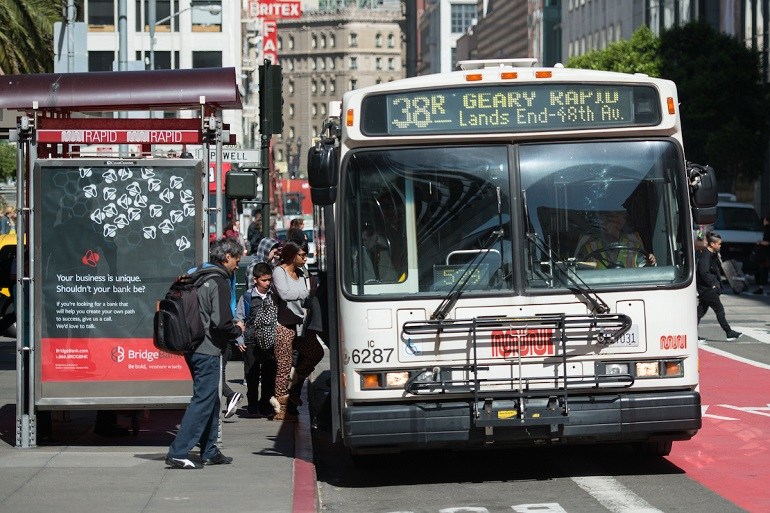Measuring the effectiveness of our highways is key to developing and maintaining a robust transportation network where the everyday driver can get from one point to another in an efficient and safe way. The U.S. Department of Transportation determines the level of this effectiveness through the measurement of congestion. Measuring congestion is key because the relevant metrics dictate how federal dollars are spent and make states and metro areas accountable for making progress on important goals regarding mobility.
As required by the 2012 transportation bill, deemed MAP-21, the USDOT was required to establish a new set of metrics that would cover traffic congestion, air emissions, freight movement and system performance. Congestion has previously been measured by a parameter called “roadway delay.” This parameter, developed by the Texas Transportation Institute, directly compares traffic flow at rush hour versus traffic flow on an empty road. However, this has three drawbacks, according to Transportation for America. One is that roadway delay focuses only on drivers and not commuters as a whole. This focus mitigates the effect of non-driving methods like biking and walking to reduce congestion. Secondly, the measure rewards places with long average commutes that happen at a high rate of speed and penalizes those where a higher number of residents have shorter commutes or spend less time commuting. Thirdly, delay measures vehicles, not people. This leads to situations where a single-occupancy car gets measured as equally as a bus carrying 40 people. These three factors constitute a situation where federal dollars for transportation projects get allocated to areas that encourage driving and increased highways, while minimizing the impact of other forms of movement such as biking and walking.
Good news is that the recently released USDOT rules on measuring congestion – after input from thousands of comments – have modified the congestion metric to account for alternative methods of movement. Firstly, it eliminates roadway delay (also termed “peak travel reliability measure”) as a metric measurement. Secondly, the metric added a “person-hours” measure of delay, which will consider how many people are using the road instead of just how many vehicles are delayed. Incorporating this measure will ensure that a corridor is actually measured by how many people are being moved as opposed to how many vehicles are on the road. Therein, as I mentioned earlier, a bus moving 40 people will not be counted the same as a single-occupant car. The metric also a new carbon dioxide emissions measure to track the percent change in emissions generated by on-road mobile sources on large roadways. This measure will track not only interstate highways, but U.S. and state highways as well. Furthermore, a new measure to quantify multi-modality was included. This measure is quantified as the portion of non-single occupant vehicle travel i.e. how many people move using some form of transportation not defined by the single-occupancy car?
These new measures are a welcome update to quantifying how cities move people. By focusing additional attention on the reduction of congestion by non-single occupant vehicle travelers, the allocation of federal dollars will increasingly support projects that emphasize multi-modality; encourage cities to invest in alternative transportation through bike lanes, better sidewalks, and improved public transit; and promote equitable and environmentally friendly transit oriented development that would be acceptable to all sides of the political spectrum. Whether the new administration under potential Transportation Secretary Elaine Chao keeps this measurement is unknown at this time. But it is a right step toward ensuring that every person, no matter how they get from place to place, is equally weighted and counted.





Leave a Reply